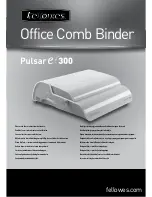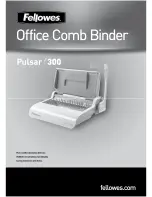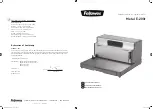
25
24
Wards.com
1
•
888
•
557
•
3848
How to Use
(cont’d)
Buttonhole
(1) Pattern selector:
(2) Presser foot: Sliding buttonhole foot
(3) Thread tension: 1–5
(4) Stitch length:
Make a test buttonhole on a sample
using the same fabric, interfacing and
seams of the actual garment.
• Place the button on the fabric sample
and mark the top and bottom to deter-
mine the position of the buttonhole.
• Use interfacing on stretch fabrics.
How to Use
(cont’d)
1. Carefully mark buttonhole length on fabric. Place the fabric under the foot with
the buttonhole marking running toward you.
2. Move the slider (A) toward you so that the top mark (C) on the slider meets the
start mark (B). Line up the markings on the foot with the top mark on the fabric.
Note:
The scale on the slider is engraved in centimeters.
3. Set the pattern selector dial at “ ”. Sew forward until you reach the front mark-
ing of your buttonhole. Stop sewing at a left stitch.
4. Set the pattern selector dial at “ ”. Sew 5 stitches. Stop sewing at a right stitch.
5. Set the pattern selector dial at “ ”. Sew until you reach the back marking of the
buttonhole. Stop sewing at a right stitch.
6. Set the pattern selector dial at “
”. Sew a few bartacks and raise the needle
from the fabric. Set the pattern selector dial to straight stitch. Sew a few locking
stitches.
7. Remove the fabric from the machine and cut the sewing thread. Insert a pin
inside the bartack. Then cut the opening with a seam ripper. Take care not to cut
the stitches.
Zipper Application
(1) Pattern selector: A
(2) Presser foot: Zipper foot
(3) Thread tension: 2–6
(4) Stitch length: 1.5-4
1. Pin or tack stitch zipper tape to fabric and place it under the foot.
2. Smooth the threads toward the back and lower the foot.
3. To sew the left side of the zipper, guide the zipper teeth along the edge of the
foot and stitch through the garment and zipper tape.
4. Turn the fabric and sew the other side of the zipper in the same way as you did
the left side.



































